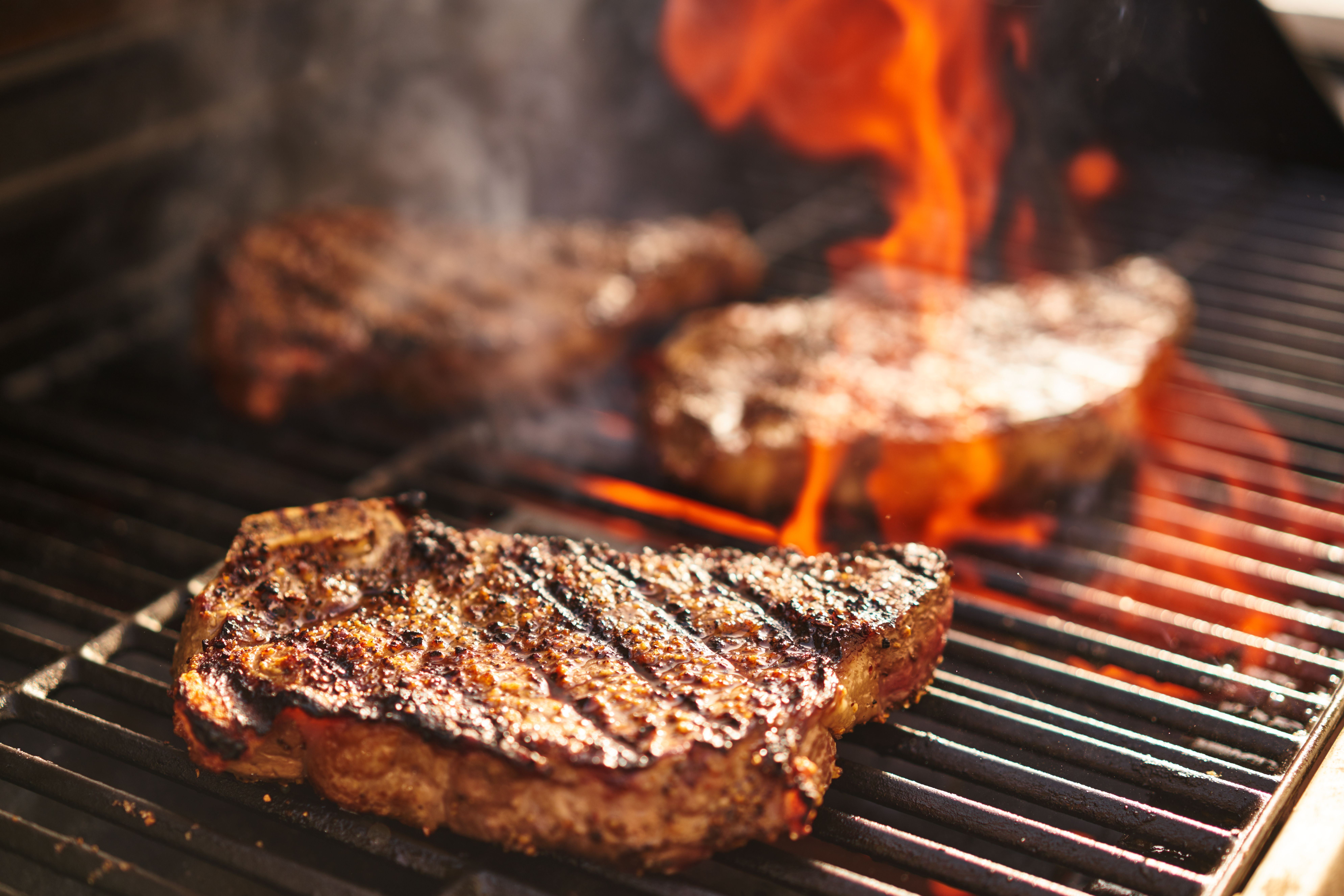- Bone Health
- Immunology
- Hematology
- Respiratory
- Dermatology
- Diabetes
- Gastroenterology
- Neurology
- Oncology
- Ophthalmology
- Rare Disease
- Rheumatology
BioRationality: Biosimilar Steaks Turn into $3 Billion Mistakes
Similar to his piece on biosimilar whiskeys, Sarfaraz K. Niazi, PhD, takes on biosimilar steaks, which could be made using bioreactors to make affordable beef without harming animals, in his latest column.
Imag“The Revolution that Died on its Way to Dinner Table,” reported in the New York Times on February 9, summed up the history of the gleaming vision of a world just beyond the present: a world in which a high-tech factory housing bioreactors will produce formed steaks, millions of pounds a day to feed the world at an affordable cost—highly affordable biosimilar steaks.
Image credit: Joshua Resnick - stock.adobe.com

This cultivated meat was not another plant-based alternative; it was an edible protein made from a few animal cells to yield medium-rare filet mignon. The ideas were so juicy; between 2016 and 2022, investors poured almost $3 billion into cultivated meat, including SoftBank, Temasek, the Qatar Investment Authority, Tyson, Cargill and JBS, and celebrities like Leonardo DiCaprio, Bill Gates and Richard Branson. Two leading companies—Eat Just and Upside Foods, both start-ups—reportedly achieved billion-dollar valuations. Despite putting all the science behind it into their bioreactors, they have indeed introduced cultivated cells for sale, but not filet-mignons. Now, the capital has dried out, and their pipe dreams are blown into thin air, while this destiny was already written on the wall; if it is difficult enough to create a 3D protein, good luck getting it into a 4D, luscious presentation.
So, as an admirer of Levinthal and a believer in the principle of biosimilarity, I should explain what went wrong. The primary amino acids present in muscle tissue, such as steak, include glycine, alanine, proline, valine, leucine, isoleucine, phenylalanine, histidine, lysine, arginine, methionine, and tryptophan. However, the specific sequence can vary depending on factors like the animal species and cut of meat. The amino acid sequence of a particular protein found in steak, such as myosin or actin, first requires investigation to learn about the reference product, except in this case, licensed by the US Department of Agriculture and not the FDA. The formation of muscle mass in animals, and consequently in steak, involves a complex process known as muscle growth or muscle hypertrophy.
This process occurs primarily through muscle fiber hypertrophy, wherein the muscle cells, or myocytes, increase in size. This is primarily achieved through resistance training or exercise, which induces microscopic damage to muscle fibers. In response, the body repairs and reinforces these fibers, increasing muscle size and strength. Then comes muscle fiber hyperplasia, a less common condition wherein muscle growth can also occur through increased muscle fibers by dividing existing muscle fibers or the differentiation of satellite cells into new muscle fibers. Both factors are governed by genetics, nutrition, exercise, and hormones. Additionally, during meat processing, the muscle tissue undergoes changes such as rigor mortis and aging, which can further influence its texture and flavor.
Biosimilars comprise growing proteins in a suitable host organism, such as bacteria, yeast, or mammalian cells. They turn them into genetically modified organisms as they produce the protein of interest in a culture medium. However, the protein produced in bioreactors does not directly turn into meat. Cultured meat, also known as lab-grown meat or cell-based meat made from animal cells, is typically taken from a small biopsy; these cells can be stem cells or primary cells that can differentiate into various cell types. The cells can proliferate and multiply within the bioreactor, forming a biomass that differentiates into muscle cells, fat cells, and other cell types found in meat tissue. These differentiated cells are then organized into quaternary-dimensional structures resembling the complex architecture of meat tissue. This can be achieved through scaffold-based methods or scaffold-free techniques such as self-assembly. The assembled tissue undergoes a maturation process where it continues to develop and mature, acquiring conventional meat's texture, flavor, and nutritional composition.
Despite many efforts, reaching the stage where the suspension of meat cells would turn into a sizzling steak on the table was impossible due to the reaction complexity that bore the billions of years of evolution; it is just not feasible, not at an affordable cost.
While we have made great strides in making biosimilar therapeutic proteins, a short while ago, I could make biosimilar whiskey. I would not dare challenge the Master of Evolution unless my mind mutated ruefully. Humans are omnivores, and if that bothers you, live like a cow rather than eating one.
Newsletter
Where clinical, regulatory, and economic perspectives converge—sign up for Center for Biosimilars® emails to get expert insights on emerging treatment paradigms, biosimilar policy, and real-world outcomes that shape patient care.
